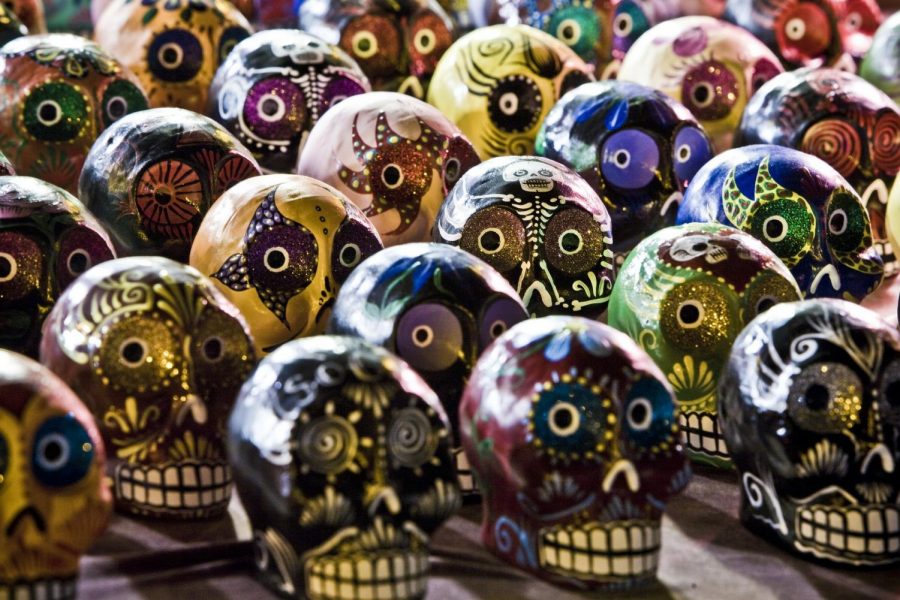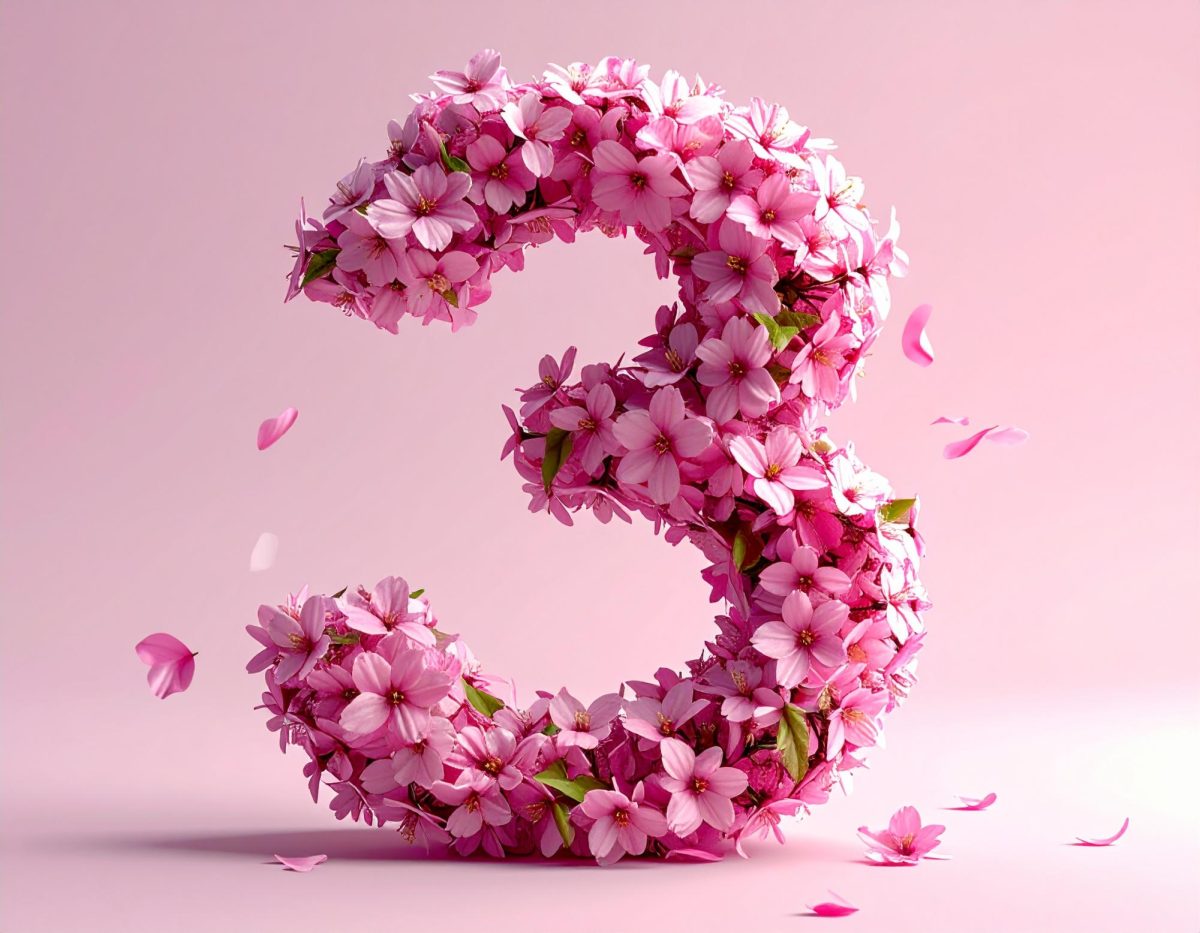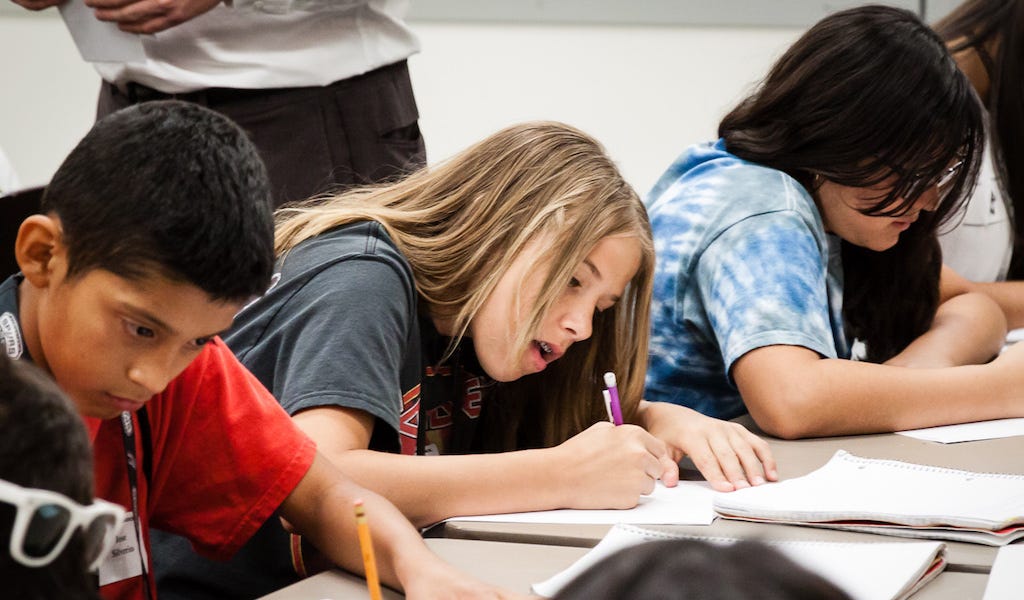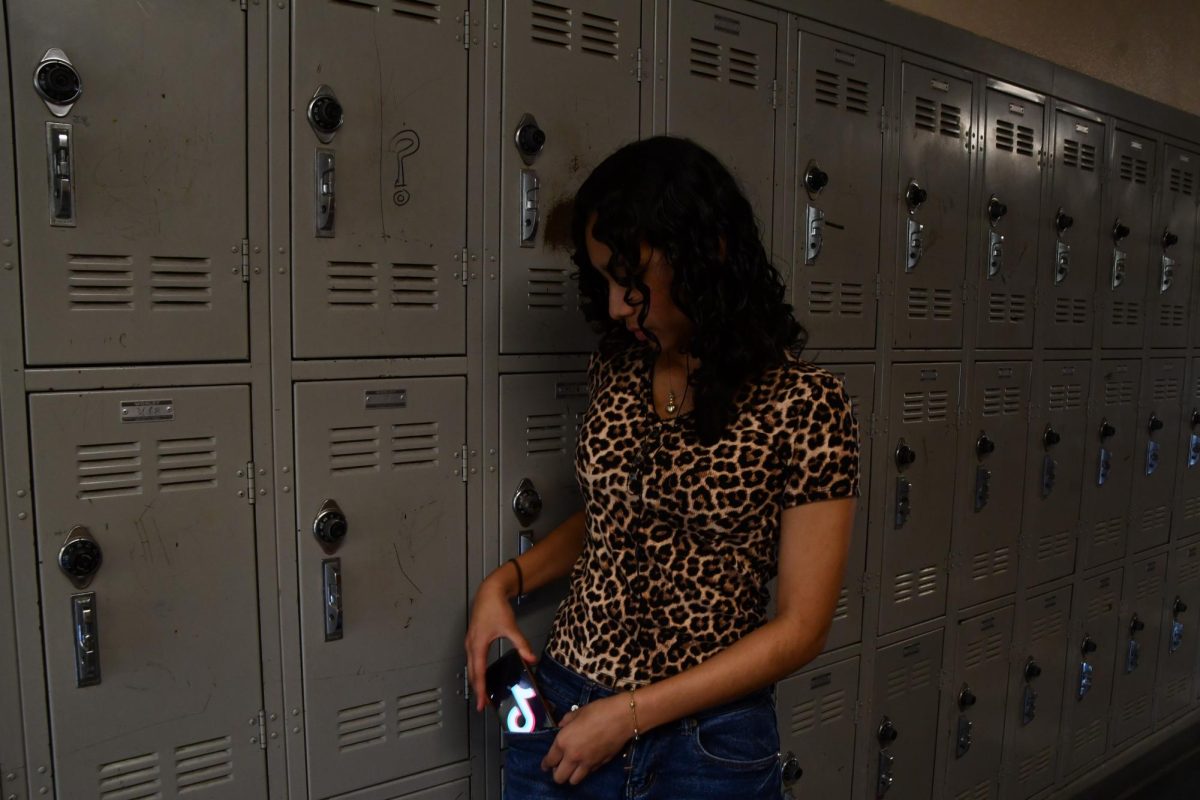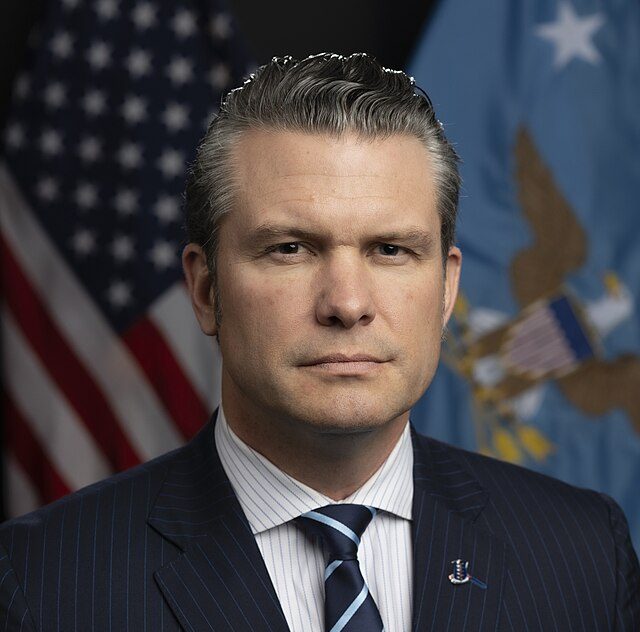The Continuous Homecoming Controversy: Día de los Muertos
The theme for this year’s homecoming—Día de los Muertos—creates a divide among students and staff.
The theme for this year’s Homecoming has been a controversy among students and staff.
Oct 10, 2019
This year’s Homecoming celebration theme has managed to stir up a huge controversy filled with finger pointing, anger and rampant rumors.
Dios de los Muertas, the Mexican Day of the Dead, was chosen by the administration to be this year’s theme partly because the dance falls on the holiday, and partly to draw in as many students as possible to participate.
A traditional Mexican holiday celebrated from Oct. 31 to Nov. 2, Día de los Muertos is when family and friends gathering to pray and remember their deceased loved ones by decorating altars with images of the dead, and cooking their favorite foods. Many families observe the holiday and picnic in cemeteries on graves.
Mexicans do not view it as a day of sadness but as a day of celebration.
But some students feel that Día de los Muertos is an inappropriate theme, since the day is considered sacred. They contend that a dance is not the appropriate way to celebrate, and could be considered disrespectful.
The controversy has become so heated that two anonymous students started a petition against this year’s Homecoming theme.
Their major complaint is that not enough students had a voice in choosing the theme or planning the events.
“We don’t get to choose if we want Sadie’s, Winter Formal, or senior kickoff,” said one of the students who started the petition. “We didn’t get to choose a theme and we’re just doing the same thing as last year ” one of the petitioners said.
In reality, the theme was chosen by the administration, who set the theme with the help of ASB (Associated Student Body).
“I think there are a lot of misunderstandings about what our intentions are for our homecoming theme. I feel like the biggest problem that most people are having is that they are worries our group is incapable of producing an authentic cultural experience, but I want to let everyone know that we are cooperating with other groups and that people genuinely understand and know Mexican culture, so rest assured,” stated by Toby Ryu, an ASB member.
The petition was circulated to give students an outlet to express their disapproval of the theme. About 200 signatures have been collected so far.
“It would be different if we danced in honor of . For example, dancing with Folklórico in honor of the Hispanic tradition,” said the other petitioner.
In a traditional Mexican cultural celebration of Dia de los Muertos, dancing is a major part of the celebration.
Mr. Jacob Ferrin, ASB Adviser and History teacher, said that the dance just happened to fall on that particular calendar day. “The theme was based upon the idea that Homecoming is on Día De Los Muertos,” he said.
He confirmed that the original intention of adopting the theme was to involve as many students as possible, especially Hispanics, which make up 63% percent of the school’s population.
Some students are also troubled by a false rumor that suggested students to bring images of their dead family members.
“Día de los Muertos is so you can remember your relatives and friends who have passed. I understand why they would suggest you to take a picture of them, but what would they think if we were to be dancing in front of their picture?”
Although Mr. Ferrin has clarified that he has never suggested the idea, the idea has been widely circulated among the students.
Because high school dances usually involve inappropriate dancing, the student also expressed concern of students dancing inappropriately on a day that is intended to honor the dead.
“If they really wanted to make it a theme then they should have done it on the weekend before Día de Los Muertos but with more cultural background information, not just a theme that no one knows about,” said one of the unnamed petitioners.
Some students, however, have no problems with the theme.
“I personally don’t see the theme as too big of a deal.” Senior student Jason Mercado states, ”But the big deal is the fact that nothing has changed when the students who objected this idea, started the petition, and showed the organizers that they were unhappy. If those in charge of the homecoming aren’t willing to hear the majority out, then the majority shouldn’t help them out by suggesting what they think is right.”
With the lack of excitement among students, every year the school faces the challenge of trying to get students to attend school dances.
Events are planned, however no one buys tickets, resulting in the dances being cancelled by ASB, such as the winter formal last year.
“Last year, the Sadie Hawkins dance had about 100 kids that showed up. But why didn’t the Sadies Hawkins dance work? Because Sadies Hawkins didn’t mean anything to anyone,” Principal Yolanda Gardea explained.
Sadies Hawkins is an old tradition where girls get to ask the boys out to the dance. Despite it being a novel idea, fewer and fewer students are interested in participating.
“The Day of the Dead is a serious thing to a point just like a funeral is, but then afterwards you have a celebration. For my family, afterwards we go eat and stuff,” she said.
“You’re with your family and then there is a celebration, that’s where the idea came from. That’s why the Banda Night was planned — to get a different variety of kids to come to the events.”
Last year, Mr. Ferrin attended a Día de Los Muertos celebration in Santa Ana. “Thousands of people were there celebrating, thousands of friends and different ofrendas for celebrities and for family members. It’s a huge thing. And there’s dancing and there’s music and there’s food and drinks,” he said.
A plan emerged to set up different activities throughout the campus. “I wasn’t too sure about all the details but I imagine showing a movie; probably “Coco,” so that people could take a seat, and different board games would be set up in the middle of the quad” Mr. Ferrin said.
The goal was to use culturally appropriate artifacts in an attempt to avoid cultural appropriation. “I know that people were worried about having a party next to their relatives,” he said. “I know that was the big thing, but honestly that’s what Dia de Los muertos is about.”
Emphasizing the importance of Hispanic representation, Mr. Ferrin said, “I mean almost anything else you can think of is culturally directed at the white population and white people. This is a theme that is directed at our community.”
Los Angeles has a long history of discriminating against Hispanics, according to Mr. Ferrin, like the Zoot Suit Riots in the 1940s where Mexican people were beaten in the streets by white cops or the 1968 student walkouts where Mexican kids were tracked to lower level classes with no say in what classes they want to take, getting classes like auto-shop instead of AP Physics.
“So to me this idea is dedicating something for our Hispanic community, this is something for our Mexican community to show solidarity,” said Mr. Ferrin.
At first, Ms. Gardea, the administration, Mr. Ferrin and ASB were excited to share the proposed theme, considering how it incorporated Hispanic culture.
But the heated controversy that ensued caught the Principal, Mr. Ferrin and ASB organizers off guard.
“How can anyone think that we’re purposely trying to do something hurtful to anybody?” asked Ms. Gardea.
To generate even more excitement and participation, Art and Spanish classes will add their own decorations for the dance, in addition to altars that are made every year by ESL classes.
“I’m actually looking forward to decorating for this event because ASB usually takes care of decorations so I have never been able to take part in it. I think it’ll be a fun experience and a good way to input our ideas unto the decorations,” said Johnny Limon, a senior student in AP Spanish.
Some students mistakenly believed that the altars, created to honor family members, would be displayed on the dance stage. But in reality they will be displayed in the lecture hall.
Despite the theme, there is no dress code and the music will be a mix of Banda, Spanish, pop, hip-hop and other popular genres.
In addition to the altars, the cafeteria will host skull cookie decorating and will serve Champurado, a traditional Mexican hot chocolate drink.
“Not everyone likes to dance, so we tried to do something that would encourage those students to come,” Ms. Gardea said. They can come with their friends, decorate cookies, play board games and other activities we have planned.”
Ms. Gardea did question why the petitioners want to remain anonymous. She suggests that addressing the issue with the organizers or with her directly would have been a more constructive approach.
“If you have enough guts to put out a petition, then have enough guts to talk to the leadership about it,” she said.
Although the anonymous petition circulators are doubtful that the theme will be changed, they are hopeful that students will have a bigger say in planning events like Homecoming.
“I hope that in future events the people in charge will make voting polls available for students, who are the people paying and attending these events, so they actually have an input,”
But according to Ms. Gardea, she or the school would never do anything to offend anyone on purpose. “All I want is for Van Nuys to be the best school ever and for everyone to have fun here. That’s my goal in life.”


